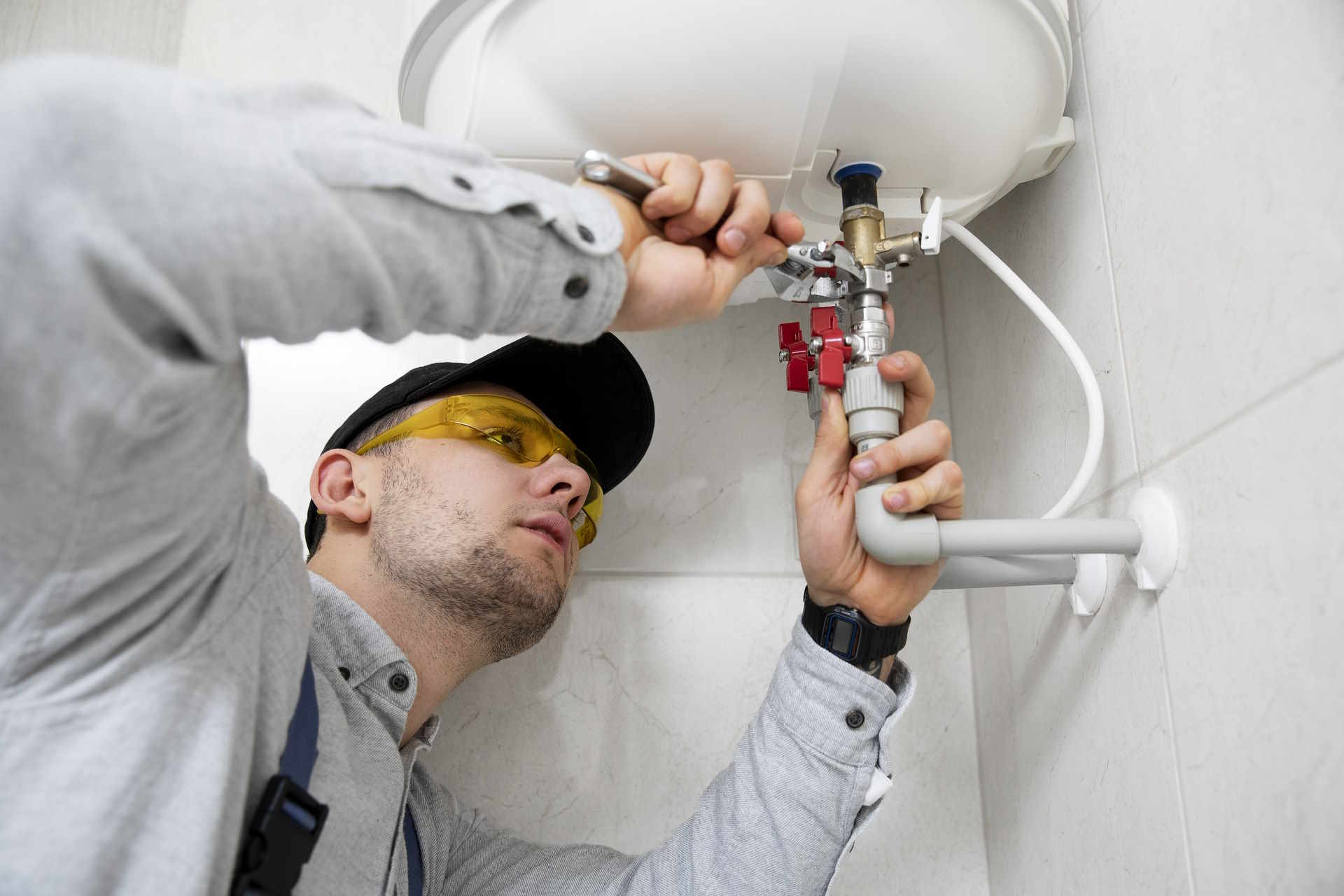The Ultimate Guide to Industrial Air-Cooled Chillers: How They Work and Why They Matter
Industrial air-cooled chillers play a critical role in modern manufacturing, commercial buildings, and process cooling systems, yet many people overlook how essential they are to maintaining efficiency and reliability. These systems remove heat from liquids and transfer it to the surrounding air, keeping equipment, products, and environments at optimal temperatures. Understanding how they work—and why they are so important—can help businesses reduce energy costs, prevent downtime, and ensure smooth operations across a wide range of industries.

Industrial air-cooled chillers represent a cornerstone technology in modern manufacturing, providing reliable cooling solutions across diverse industrial applications. These systems operate by circulating refrigerant through a closed-loop cycle, using ambient air rather than water to dissipate heat from industrial processes.
The fundamental operation involves four key components: an evaporator, compressor, condenser, and expansion valve. The refrigerant absorbs heat from the process fluid in the evaporator, gets compressed to high pressure and temperature, releases heat through the air-cooled condenser, and returns to low pressure through the expansion valve to repeat the cycle.
Top Benefits of Using Industrial Air-Cooled Chillers in Modern Manufacturing
Modern manufacturing facilities increasingly rely on air-cooled chillers due to their numerous operational advantages. These systems eliminate the need for cooling towers and associated water treatment, reducing both installation complexity and ongoing maintenance requirements. The absence of water-related components also minimizes risks of scaling, corrosion, and biological growth that commonly affect water-cooled systems.
Energy efficiency remains a primary benefit, with modern air-cooled chillers incorporating variable-speed drives and advanced control systems that optimize performance based on load conditions. This adaptability results in significant energy savings during partial load operations, which represent the majority of operating hours in most industrial applications.
Reliability factors heavily into their appeal, as air-cooled systems typically require less maintenance than their water-cooled counterparts. The elimination of water pumps, cooling towers, and water treatment systems reduces potential failure points while simplifying routine maintenance procedures.
How to Choose the Best Industrial Air-Cooled Chiller for Your Operations
Selecting the appropriate air-cooled chiller requires careful consideration of multiple factors that impact both performance and operational costs. Cooling capacity represents the primary specification, typically measured in tons of refrigeration or kilowatts, and must align with peak process cooling demands while accounting for future expansion needs.
Ambient temperature conditions significantly influence chiller performance and efficiency. Higher ambient temperatures reduce cooling capacity and increase energy consumption, making it crucial to evaluate local climate conditions and potential heat island effects from surrounding equipment or structures.
Refrigerant selection impacts both environmental compliance and long-term operational costs. Modern chillers increasingly utilize low-global-warming-potential refrigerants that comply with evolving environmental regulations while maintaining efficient operation.
Control system sophistication affects operational flexibility and energy efficiency. Advanced controllers enable precise temperature control, predictive maintenance capabilities, and integration with facility management systems for optimized performance.
Industrial Air-Cooled Chillers: Key Applications Across Industries
Manufacturing industries utilize air-cooled chillers across numerous applications where precise temperature control ensures product quality and process efficiency. Plastic injection molding operations depend on consistent cooling to maintain dimensional accuracy and reduce cycle times, while pharmaceutical manufacturing requires strict temperature control for chemical reactions and product stability.
Food and beverage processing facilities employ these systems for ingredient cooling, fermentation temperature control, and packaging line operations. The hygienic design options available in industrial air-cooled chillers meet stringent food safety requirements while providing reliable performance.
Data centers represent a rapidly growing application area, where air-cooled chillers provide backup cooling or primary cooling in locations where water availability or quality presents challenges. The modular nature of many air-cooled systems allows for scalable cooling solutions that match growing IT infrastructure needs.
Machine tool cooling applications benefit from the precise temperature control capabilities of industrial air-cooled chillers, maintaining cutting tool performance and workpiece dimensional accuracy during machining operations.
| Provider | Capacity Range | Key Features | Cost Estimation |
|---|---|---|---|
| Carrier | 10-500 tons | Variable speed drives, advanced controls | $15,000-$150,000 |
| Trane | 15-400 tons | High efficiency compressors, modular design | $18,000-$140,000 |
| Johnson Controls | 20-600 tons | Smart controls, remote monitoring | $20,000-$180,000 |
| Daikin | 8-300 tons | Inverter technology, compact design | $12,000-$120,000 |
| Lennox | 25-350 tons | Microprocessor controls, quiet operation | $22,000-$130,000 |
Prices, rates, or cost estimates mentioned in this article are based on the latest available information but may change over time. Independent research is advised before making financial decisions.
Installation considerations play a crucial role in maximizing chiller performance and longevity. Adequate clearance around the unit ensures proper airflow through the condenser coils, while protection from direct sunlight and prevailing winds can improve efficiency and reduce maintenance requirements.
Regular maintenance protocols extend equipment life and maintain peak performance. These include routine filter changes, coil cleaning, refrigerant level monitoring, and electrical connection inspections. Preventive maintenance programs typically reduce unexpected failures and extend equipment lifespan significantly.
Energy management strategies can substantially reduce operational costs through proper sizing, staging multiple units for varying loads, and implementing economizer cycles when ambient conditions permit. Modern building management systems can optimize chiller operation based on real-time demand and environmental conditions.
The future of industrial air-cooled chillers continues evolving with advancing technologies including magnetic bearing compressors, enhanced heat exchanger designs, and artificial intelligence-driven optimization systems. These developments promise improved efficiency, reduced maintenance requirements, and enhanced operational flexibility for industrial cooling applications.




